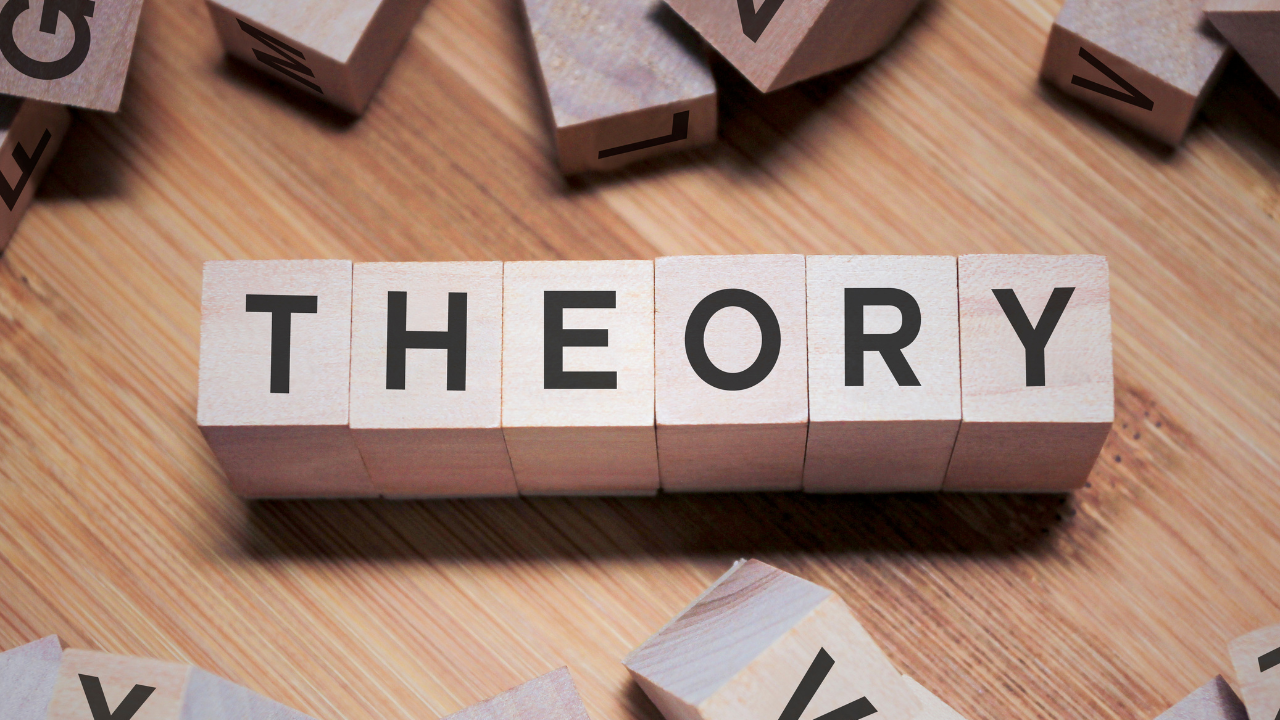
A strong judiciary is not built on theory alone. While law schools lay the intellectual groundwork, real justice is administered in courtrooms filled with ambiguity, ethical dilemmas, emotional stakes, and evolving societal contexts. This gap between legal theory and practical application can hinder the effectiveness of judges and magistrates, especially in early stages of their careers. Bridging this gap through targeted judicial professional development is essential for fostering a judiciary that is not only learned, but also wise, grounded, and capable of responding effectively to the realities of the justice system.
Why Bridging Theory and Practice Matters
1. Judicial Roles Are Deeply Contextual
Legal education often focuses on statutes, landmark cases, and doctrinal interpretation. However, judicial decisions require navigating courtroom dynamics, procedural nuances, and diverse human experiences.
2. Practical Challenges Demand Adaptive Skills
Real-world cases are rarely black-and-white. Judges must manage court operations, assess credibility, apply procedural rules, and make time-sensitive decisions—all skills that extend beyond textbook knowledge.
3. Enhances Judicial Confidence and Competence
A well-rounded professional development program ensures that judges do not feel overwhelmed by real-life complexities. Practical exposure builds their ability to handle high-pressure environments.
4. Strengthens Public Trust in the Judiciary
When judgments reflect not only technical correctness but also social relevance, fairness, and empathy, public confidence in the justice system increases significantly.
Key Elements in a Theory-to-Practice Bridging Program
| Component | Description |
|---|---|
| Simulation-Based Training | Realistic courtroom scenarios to develop decision-making and procedure skills |
| Case File Analysis | Hands-on practice in analyzing evidence, arguments, and procedural flow |
| Mentorship by Senior Judges | Guided transition from theory to court practice through experiential learning |
| Rotational Court Exposure | Short-term postings in different court types (criminal, civil, family) |
| Ethics and Soft Skills Modules | Training on communication, bias awareness, courtroom demeanor |
Best Practices in Bridging Legal Theory with Judicial Practice
1. Use of Real-World Case Studies
Analyzing previously adjudicated cases helps new judges understand how legal theory is applied, where discretion comes into play, and how context affects rulings.
2. Co-Teaching with Legal Practitioners
Judicial training sessions co-led by senior judges, prosecutors, and lawyers provide a balanced perspective on courtroom operations.
3. Integrate Shadowing and Court Observation
Letting new judges observe proceedings and reflect on judicial behavior bridges the cognitive-emotional gap between theory and experience.
4. Feedback-Driven Role-Plays
Role-playing mock hearings followed by structured feedback helps judges identify their blind spots and areas for improvement.
5. Inclusion of Procedural and Administrative Training
From scheduling hearings to drafting orders efficiently, understanding courtroom logistics is a vital part of real-world application.
Advantages of Bridging the Gap
| Advantage | Impact on Judicial Professionalism |
|---|---|
| Improves Judgment Quality | Judges make better-informed, context-sensitive decisions |
| Reduces Early Career Anxiety | Practical exposure reduces uncertainty and stress among newly appointed judges |
| Enhances Legal Reasoning | Applying theory in varied settings strengthens interpretive skills |
| Promotes Procedural Efficiency | Understanding courtroom management ensures smoother trial processes |
| Encourages Reflective Practice | Judges become more conscious of their decisions and impacts |
Real-World Example: New Judge Induction Model
In a progressive judicial academy, new judges undergo a 6-month induction that includes:
- Theoretical refreshers in criminal, civil, and constitutional law
- Rotations in live courts—including family, juvenile, and sessions courts
- Simulation hearings based on complex fact patterns
- Weekly debriefs with senior mentors on decisions taken
- Soft skills modules focusing on empathy, patience, and managing difficult litigants
As a result, new judges report feeling more confident, responsive, and fair in their rulings.
Common Challenges in Bridging Theory and Practice
1. Outdated Training Modules
Many judicial academies rely too heavily on lecture-based formats. Without simulations or real-time scenarios, judges miss out on applied learning.
2. Lack of Trained Facilitators
Judicial educators may not have practical courtroom experience or adult learning skills. Trainer development is key.
3. Resistance to Mentorship
Some judges may hesitate to seek guidance, seeing it as a sign of weakness. Institutionalizing mentorship programs can normalize continuous learning.
4. Variability in Case Exposure
Not all courts offer the same diversity of legal issues. Cross-court training and rotations can address this imbalance.
Overview Table
| Element | Description |
|---|---|
| Objective | Connect legal education with courtroom realities |
| Methods Used | Simulations, case studies, mentorship, procedural training |
| Skills Developed | Decision-making, courtroom management, legal interpretation, ethics |
| Beneficiaries | Entry-level judges, mid-career transitions, court administrators |
| Institutional Requirements | Judicial academies, trained mentors, updated curriculum |
| Long-Term Benefits | Improved rulings, better efficiency, increased public trust in judiciary |
Conclusion
Judicial excellence is not a product of legal knowledge alone—it is forged through experience, empathy, and the ability to translate principles into practice. Bridging theory and practice is not simply a training enhancement—it is a moral and institutional imperative. A judiciary that learns through doing, reflecting, and refining will not only dispense justice but also embody it. Professional development that blends doctrine with day-to-day realism is the cornerstone of a capable, confident, and compassionate judiciary.
3 One-Line FAQs
Q1: Why is bridging theory and practice essential in judicial training?
It prepares judges to apply legal principles effectively in real-world, high-stakes situations.
Q2: What methods help connect legal theory with practice?
Simulations, mentorships, real case analysis, and courtroom observations are most effective.
Q3: How does this benefit the justice system overall?
It leads to more consistent, fair, and context-sensitive judicial decisions that inspire public trust.

